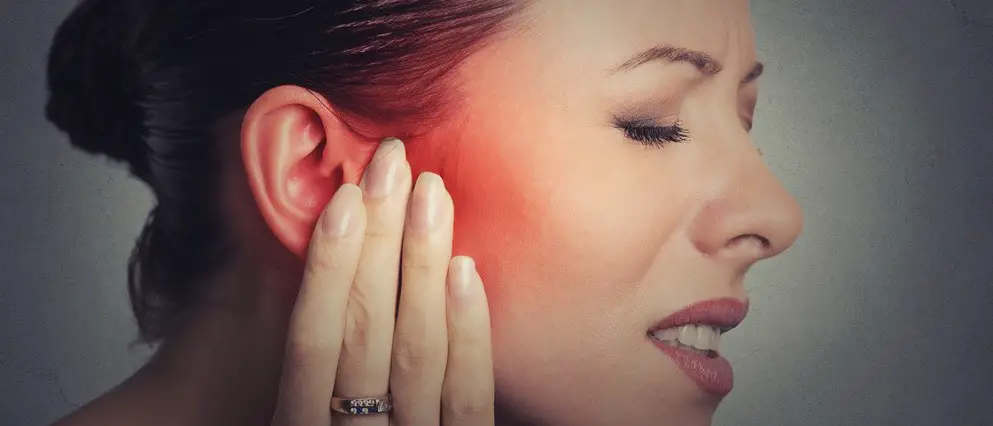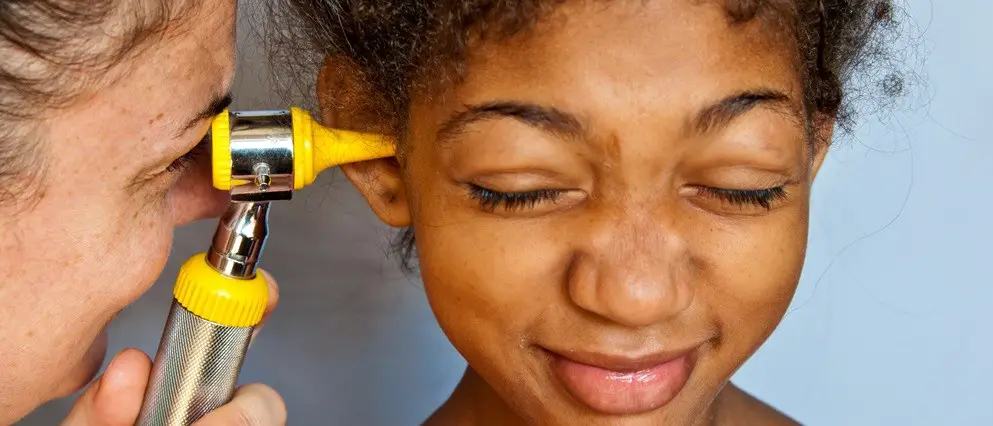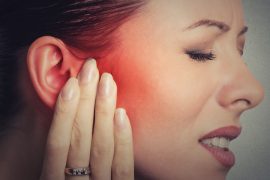Earache: Symptoms, Causes, Treatments, and Prevention
What is earache?
Earache is a nasty pain that can feel nagging, but also very intense (stabbing or throbbing). Earache can occur in one ear or in both ears at the same time. Earache mainly affects children. But adults can also get earache. Earache is annoying and can be very painful, but it is not dangerous.
Symptoms of earache
There are 2 types of ear infection. Children with earache usually have middle ear infection: an inflammation behind the eardrum. Middle ear infection usually heals automatically. Often the worst pain is gone within 2 to 3 days. In adults with earache, it is usually an inflammation of the ear canal. An ear canal usually heals within 1 to 3 weeks. You can also suffer from ear pain while flying.
Symptoms of middle ear infection
Sometimes middle ear infection does not cause any complaints. But usually middle ear infection is accompanied by symptoms such as earache, fever and feeling sick. Young children who have earache often cannot tell what they are feeling. For them, middle ear infection can often be recognized by their behavior:
- Babies with middle ear infection are usually restless at night and often rub the sore ear. They usually do not drink well. They are also often irritable.
- Toddlers with middle ear infections are dizzy. They have no appetite and can suffer from abdominal pain or diarrhea. They also sometimes have to throw up.
Loop ear through middle ear infection
With middle ear infection there is a lot of pressure on the eardrum (that causes the earache). The eardrum can tear due to this pressure. Then the inflammatory moisture can flow out through the crack; that is a ‘loopoor’. Often there is some blood in the inflammatory fluid. That won’t hurt. As soon as the eardrum is torn and the pressure is released, the earache usually disappears immediately. A barrel usually heals within a week. The eardrum usually closes automatically by itself.
Symptoms of an ear canal
With ear canal inflammation the skin of the ear canal is inflamed. Then you usually suffer from one or more of these symptoms:
- You have pain, a burning sensation or itching in your ear canal.
- You have flaking or red, swollen skin in your ear canal.
- Moisture comes out of your ear canal.
- You will hear less well due to the swelling or fluid in your ear canal.
- It hurts when you gently pull your ear.

Causes of earache
Earache can have various causes. The most common cause of ear pain is inflammation of the ear canal, or inflammation of the middle ear. Sometimes ear pain can be caused by a condition outside your ear. For example due to a condition in your mouth (jaw, tongue, teeth) or to your tonsils. By stimulating your nerves, the pain can then spread to your ear.
Causes of middle ear infection
A middle ear infection is often associated with a cold. If you have a cold, the mucous membranes of your nasal cavity and throat are swelling. As a result, the connecting tube (the Eustachius tube) between your nose / throat and your middle ear becomes clogged. Your middle ear is then closed. The cold virus and all kinds of bacteria in your middle ear can then trigger an inflammation. The inflammatory fluid presses on your eardrum. That is going to be full. That pressure in your ear causes the pain.
Causes of ear canal inflammation
Normally the ear canal keeps the skin healthy by earwax. Earwax is greasy and acidic. That has a protective effect. But sometimes the skin of the ear canal becomes irritated. It is not always clear what the cause is. It is known that a narrow ear canal increases the risk of inflammation. Certain diseases also have a greater risk of ear canal infections, such as psoriasis, eczema and (contact) allergy. Sometimes an ear canal infection is caused by an infection with a bacterium or fungus.
In addition, you can sometimes be the cause. These habits and behaviors can irritate your ear canal and cause inflammation:
- With your finger (s), cotton buds / balls or matches in your ear. As a result, an earwax plug may get deeper into your ear canal and cause inflammation.
- Care products that end up in your ear, such as soap, shampoo and hair spray.
- Warmth in combination with moisture in your ear, for example when you shower, take a bath and swim.
- Things you wear in the ear, such as ‘earphones’ (earphones) or hearing aids.
Prevent earache
Is your earache caused by a pathogen? You can’t do much about that. You can, however, ensure that your ears are as healthy as possible:
- Do not clean your ears inside. Also do not fiddle with your fingers or an object. Usually the ear canal is automatically cleaned.
- Do not use skin care products that irritate your skin. And prevent water and care products from getting into your ear when showering, bathing or washing hair. For example, by bending your head forward, or by using earplugs.
- Always dry your ear cup and the entrance to your ear canal well after taking a shower, bathing or swimming.
- Do you always get ear infections after swimming? Then it is important to protect your ears: with ear plugs or cotton wool with Vaseline.
- Do you wear a hearing aid and do you often have pain in your ear? Maybe your hearing aid will not fit properly. Your hearing care professional can view this for you.
Treat earache
In many cases you can relieve ear pain with pain killers. If the earache lasts (too) long, is not well tolerated or returns again and again, it is wise to go to the doctor. here.
Tips to prevent earache
- Do not clean your ears inside
- Prevent soap and water from getting into your ears
- Always dry your ears well after showering or swimming
Children with earache: when to go to the doctor?
It is advisable to go to the doctor with your child:
- if your child is less than 2 years old and grabs with his hands to the ears (that may indicate ear pain)
- if your child is over 2 years old and already has earache and fever for 3 days
- if inflammatory fluid runs out of the ear for more than 2 weeks (loopoor)
- if your child continues to cry because of the earache
- if your child has ear pain for the third time within 1 year
- if your child has earache and a high fever (more than 40 degrees)
- if your child’s ear has suddenly become a floppy ear (away from the head)
Adults with earache: when to go to the doctor?
Go to your doctor in the following cases:
- if your earache is severe
- if your earache lasts longer than 2 weeks
- if you have earache and a high fever
If you have a severe ear infection, you are likely to receive antibiotics.
Is there an ear wax plug in your ear? Then the doctor will squirt your ear to remove the plug.

Which medicines can you use for ear pain?
The medication below can help with ear pain. Light painkillers are freely available. Heavier painkillers can only be obtained on prescription from your doctor or specialist. Your BENU Pharmacy has various types of painkillers and can advise you on which painkiller best suits your situation.
In your BENU Pharmacy: pain killers for earache
-
Paracetamol
Paracetamol is analgesic and fever-reducing.

